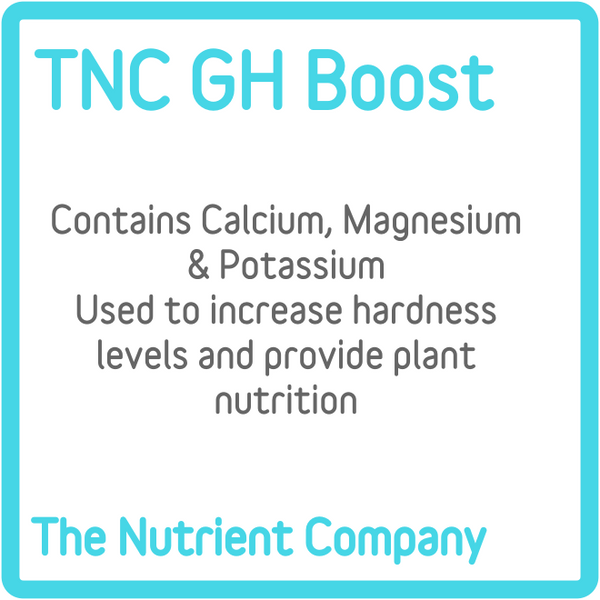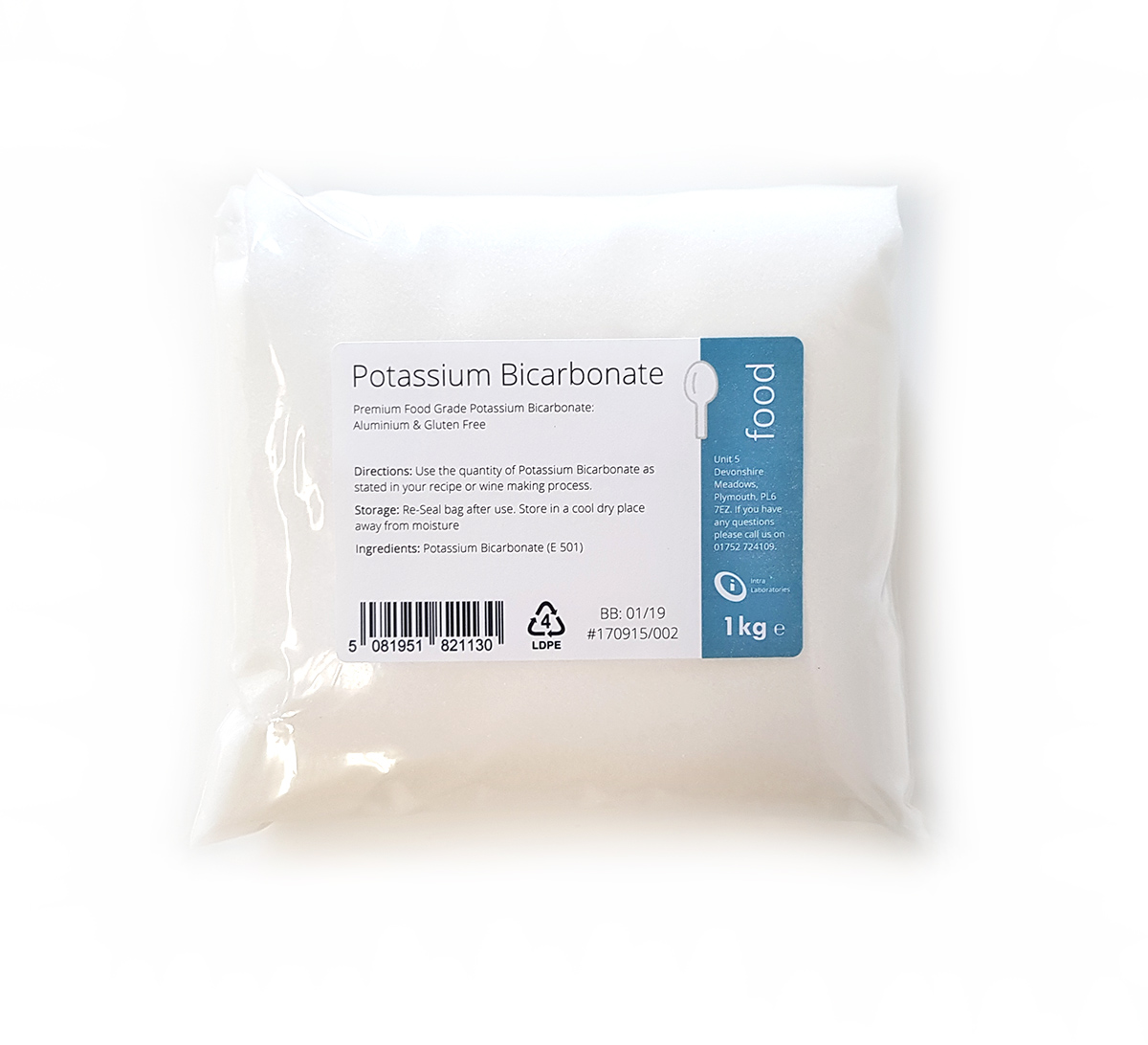Thanks both, that is my most likely hypothesis. I have emailed the plant supplier to see if it’s a possibility.
Sadly found another this morning. Must have only just passed as it looks in normal condition. Pic below. I cannot see anything unusual.

Sent from my iPhone using Tapatalk
Sadly found another this morning. Must have only just passed as it looks in normal condition. Pic below. I cannot see anything unusual.
Sent from my iPhone using Tapatalk





